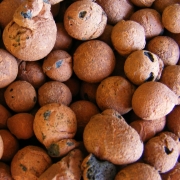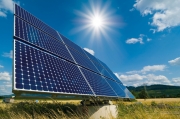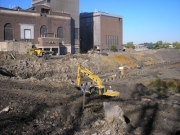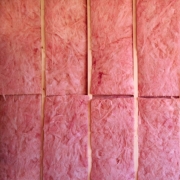Reflective roofs made of thermoplastic membranes composed of thermoplastic polyolefin (TPO) are often recommended because of their high reflectivity and environmental friendliness, qualities that won the approval of the CRRC for Title 24. Fotopoulos Building Industries, Inc. (FBI), representing Firestone Building Products, prescribes TPO membranes to their customer base. Color plays a central part in reflectivity, and the membranes accordingly come in white, tan, and gray. Paul Hatch, the territory manager of FBI’s San Diego market, states that the TPO membranes that FBI uses have a Solar Reflectance Index (SRI) of 102. (The SRI is based on the percentage of heat and light reflected by a roof, and very cool roofs can have values exceeding 100.) Individually, the reflectance of light for TPO is 0.79 or 79%, and the reflectance of heat for TPO is 0.85 or 85%. Another reason that Hatch, and FBI, favor TPO membranes above other reflective roofing systems is that TPO membranes are made of a recyclable material that is high-quality and easy to apply. Hatch says that the TPO membranes are durable, taking traffic better than other waterproofing materials. TPO prefabricated pipe boots are also good for covering exposed pipes on a roof because they preclude the need for black mastic type sealant and require little to no maintenance.




